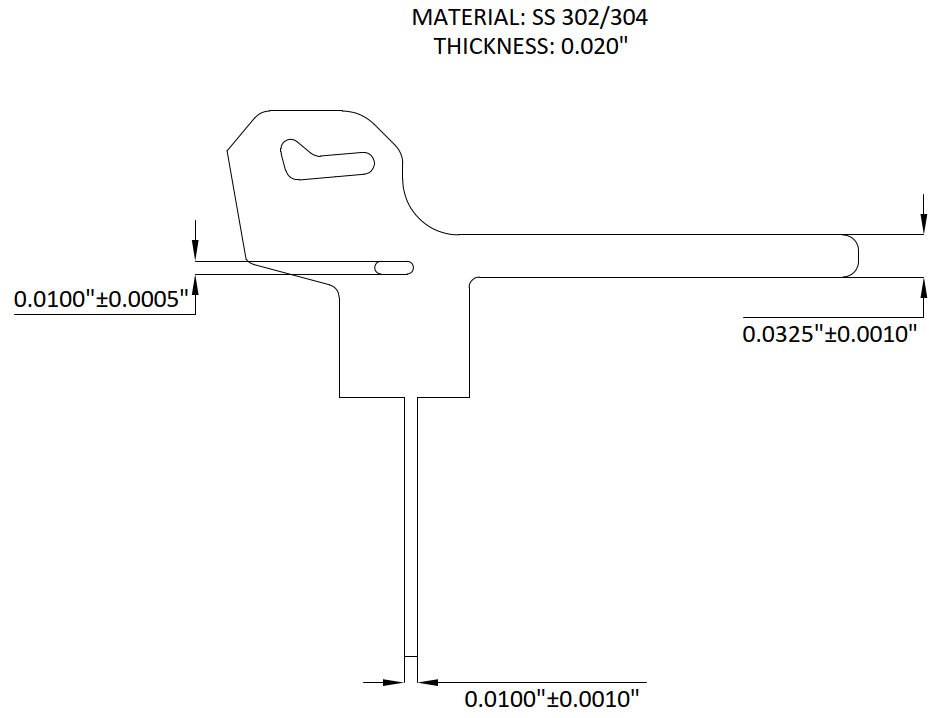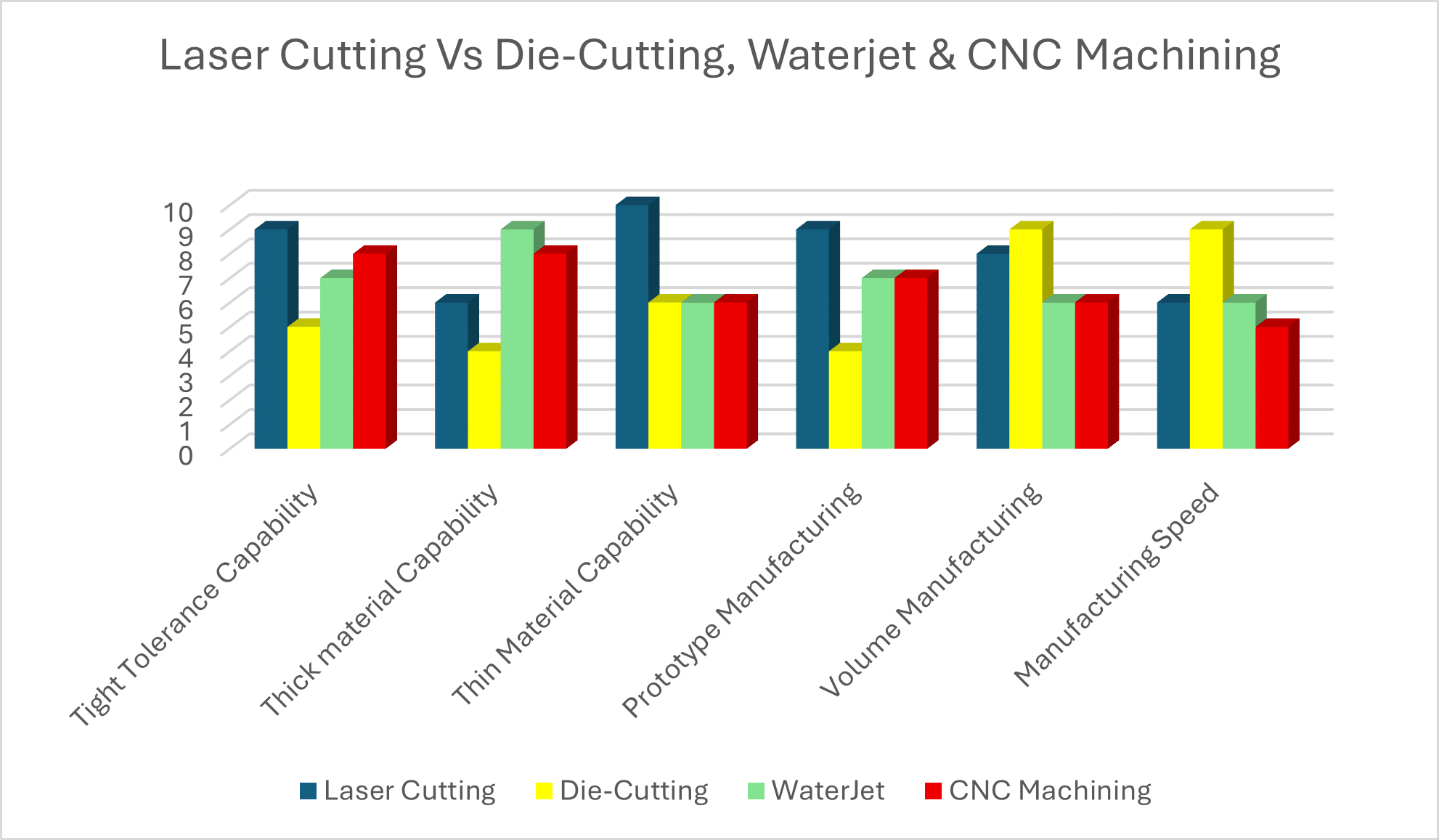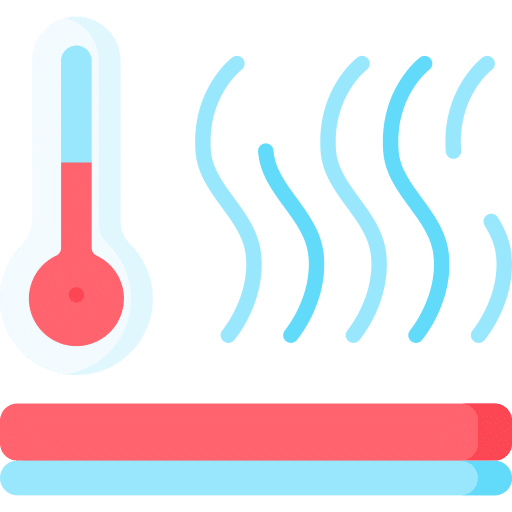Laser Cut Nitinol Service
Trusted by
1,000’s
of Satisfied Customers
30+
Years in Business
Nitinol is renowned for its strength, resilience, and ability to main shape memory while being a precision part under demanding conditions. Recognized as a cornerstone in industries requiring both durability and flexibility. From fine mechanical parts to high-performance tools, nitinol is trusted where reliability cannot be compromised. With modern manufacturing, nitinol is made into orthopedic implants, springs, miniaturized components that are heat activated recovery and other industrial precision parts. With laser cutting technology its full potential is unlocked, offering unmatched precision, tight tolerances, and exceptional edge quality. There is more to learn about laser cutting of nitinol and the following questions and answers have been provided for further insight.
The Tolerance Threshold
What Are the Tightest Tolerances Your Laser Cutting Process Can Maintain When Cutting Nitinol?
Holding tight tolerances is a key requirement for any precision part. With laser cutting, tolerances are inherently tight as the technology has been developed to process delicate and complex designs. When laser cutting of nitinol, there are options available for consideration. For thin foils with a thickness less than 5mils, a UV or femtosecond lasers are best used. These can hold potential tolerance of +/- 0.5 to 1 mil. For thicker sheets cut by a fiber laser technology, tolerances will be between +/- 1 mil to 2 mils. There will always be exceptions and factors that move the tolerance control such as the complexity of the design and the thickness of the material, but the accuracy of the lasers are veery reliable.

Comparing Manufacturing Methods
How Does Laser Cutting Compare to Die-cutting, Waterjet, or CNC Machining of Nitinol?
Materials come in numerous varieties of chemical make-up, form and intended applications that manufacturing methods can have advantages over the other. Some methods can excel at processing one material, while being inadequate for another. For nitinol, there are multiple options available. The graph below is a summary of these.

The HAZ Factor
What Edge Quality Can Be Expected When Laser Cutting Nitinol? Are Burrs or Heat-Affected Zones (HAZ) Present?
When it comes to laser cutting Nitinol, edge quality is everything, especially since this material is so often used in medical devices, aerospace components, and precision mechanisms where failure is not an option.
Laser cutting delivers exceptionally fine edges on Nitinol, with clean, burr-free profiles that preserve the material’s unique super elastic and shape-memory behavior. The non-contact nature of the laser means no tool wear, no distortion from cutting pressure, and highly repeatable edges even on intricate geometries like stents or lattice structures.
The cut edges are typically:

- Smooth and Precise: Often require little or no post-processing.
- Tight-Tolerance Capability: With kerf widths down to tens of microns.
- Consistency: Producing thousands of identical parts, laser cut edge quality conforms to numerous industry specifications for uniformity and surface roughness.
For the most part, burr formation is minimal to non-existent with optimized laser parameters. Unlike mechanical methods, which tend to leave raised edges or debris, laser cutting vaporizes the material cleanly. Modern fiber and femtosecond laser systems are designed to control this so HAZ is extremely narrow. The characteristics of nitinol are maintained when parameters are dialed in, so the alloy retains its biocompatibility and functional traits.
Material Profile
How Do Material Characteristics Like Reflectivity, Softness, or Thermal Conductivity Affect Edge Quality and Tolerance Control in Nitinol?
Nitinol’s unique material traits play a big role in how cleanly and precisely it can be laser cut:
- Reflectivity: Nitinol reflects some laser wavelengths, which can initially reduce cutting efficiency. Fiber and ultrafast lasers overcome this by using wavelengths better absorbed by the alloy, ensuring stable cutting and consistent edge quality.
- Softness & Elastic Properties: Its mechanical flexibility means it resists cracking or chipping during cutting, but it also makes mechanical methods less reliable. Lasers avoid physical stress, so tolerance control remains sharp even in delicate, thin-walled structures.
- Thermal Conductivity: Nitinol’s relatively low thermal conductivity means heat stays localized at the cut zone. This allows for finer kerf control but also demands precise parameter tuning to prevent a wider heat-affected zone (HAZ). When optimized, this yields smooth, burr-free edges with minimal thermal distortion.
These material characteristics could be liabilities for traditional machining techniques, but with laser technology, they’re turned into advantages, making it possible to achieve the high edge quality and tight tolerances that many applications require.

Key Takeaways
What Are the Benefits to Laser Cutting Nitinol?
Laser cutting offers unmatched advantages for precision Nitinol parts, especially in industries where reliability and fine detail are critical. This avoids mechanical stress and deformation while preserving Nitinol’s unique shape-memory and properties. It achieves micron-level tolerances, smooth edges, and intricate geometries that other methods struggle to produce and are essential for components like stents, valve frames, and surgical tools. With minimal burrs and a tightly controlled heat-affected zone, laser cutting ensures both performance and biocompatibility, making it the enabling technology behind many of Nitinol’s most advanced applications.
